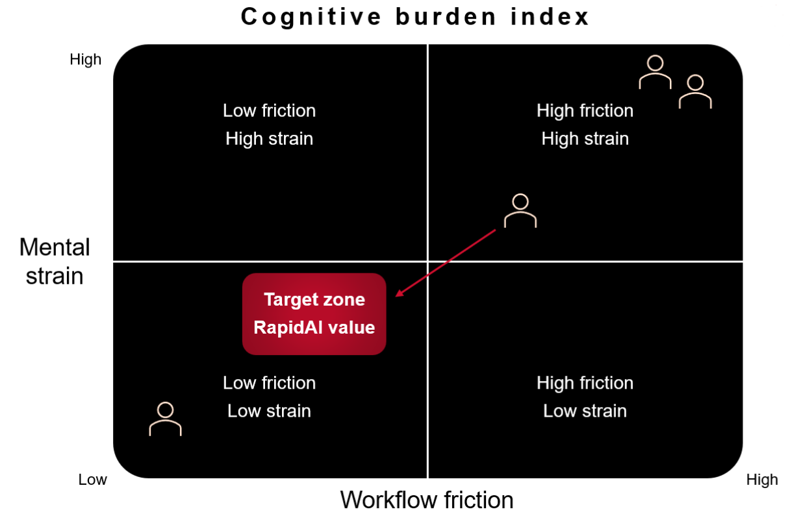Sex-based differences have been reported in stroke settings. Women often present with more severe stroke symptoms. They may also experience treatment delays despite no differences in treatment eligibility.
Dr. Anke Wouters and co-authors performed a post-hoc analysis of the WAKE-UP trial data to explore the sex-based differences in baseline imaging, clinical characteristics, and outcomes.
The WAKE-UP trial aimed to investigate whether patients with an unknown time of stroke onset and a DWI-FLAIR mismatch on an MRI would benefit from thrombolysis.
Key takeaways:
- In the WAKE-UP trial, fewer women than men were included in the MRI screening
- Women were older, had higher pre-stroke mRS and higher NIHSS at admission, and smoked less frequently
- Imaging characteristics did not differ between the sexes, and there was no effect of sex on the clinical outcome after treatment with alteplase.
Study design:
The WAKE-UP trial was a multicenter, randomized, double-blind, placebo-controlled trial. Screened patients with an unknown stroke onset and DWI-FLAIR mismatch were randomized to placebo or alteplase treatment. To measure the clinical outcome, the patients received follow-up imaging at 24-36 hours.
Baseline demographics, imaging characteristics (visual FLAIR positivity, relative FLAIR signal intensity, collateral status), and treatment effect were compared between men and women in all screened patients.
Rapid software calculated the ischemic core, volume, and hypoperfusion intensity ratio.
Baseline characteristics in screened patients
Among the 1,362 MRI-screened patients, 529 patients were women. Women were older (p<0.01), had higher baseline NIHSS (p<0.01) and mRS (p=0.04), and smoked less frequently. They also presented with more aphasia than men (p = 0.01).
There were no differences in hyperintense FLAIR signal within the DWI lesion and mean rFLAIR signal intensity between the sexes. The collateral status did not differ significantly between men and women.
Treatment effect in randomized patients
Out of the 1,362 screened patients, 503 were randomized to receive placebo or alteplase treatment. There were no sex differences in the rate of good outcomes, mortality, or in distribution of mRS at 90 days.
In this post-hoc analysis, imaging characteristics did not differ between the sexes, and there was no effect of sex on the clinical outcome after treatment with alteplase.
The RapidAI Clinical Affairs team works closely with physicians and healthcare systems worldwide to advance stroke care. Learn more about how we support clinical trials here.
Co-authors on this paper: Lauranne Scheldeman, Hannelore Liessens, Patrick Dupont, Florent Boutitie, Bastian Cheng, Martin Ebinger, Matthias Endres, Jochen B. Fiebach, Christian Gerloff, Keith W. Muir, Norbert Nighoghossian, Salvador Pedraza, Claus Z. Simonsen, Vincent Thijs, Götz Thomalla, Robin Lemmens.

